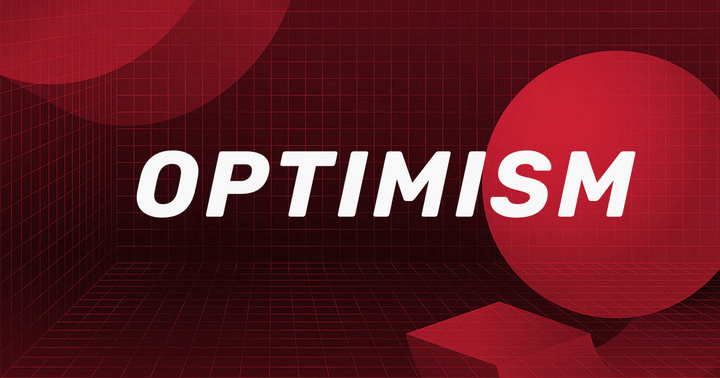In this article, we will be covering the Optimism L2 blockchain as a successor blog article to the Optimism Rollup protocol that I’ve already covered.
We will be deconstructing why it matters and how it is becoming one of the fastest-growing l2 blockchain solutions for scaling Ethereum along with its merits and demerits.
Disclaimer: This content is purely informational and does not contain any financial advice. Readers are required to perform their own market research before investing in any crypto assets.
Introduction
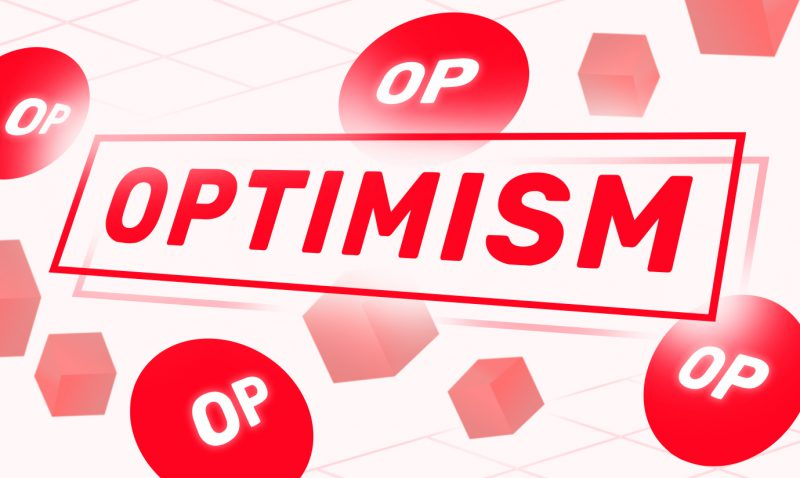
Optimism is a Layer 2 (L2) scaling solution for Ethereum that aims to significantly increase the scalability of the Ethereum network without sacrificing security. It achieves this by using a technology called Optimistic Rollups (ORs), which allow for the execution of smart contracts of the main Ethereum chain (the L1 chain) while still maintaining a high level of security and trust. Here's a detailed introduction to Optimism and why it represents the future of Ethereum scaling.
What is Optimism?
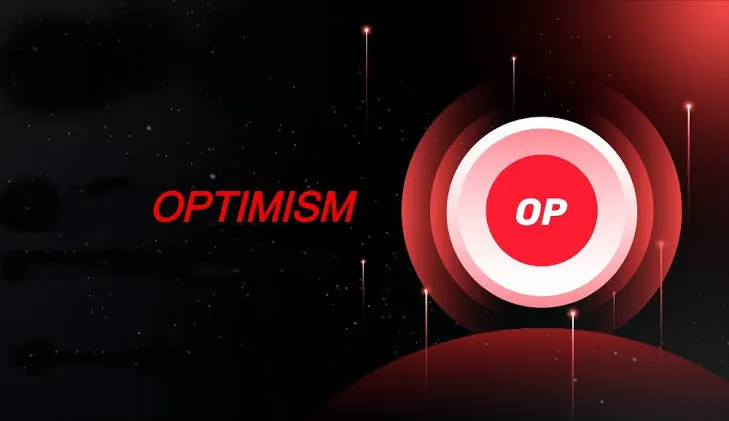
Optimism is a Layer 2 scaling solution that operates on top of the Ethereum blockchain. It leverages a technology called Optimistic Rollups to bundle or "roll up" multiple transactions into a single transaction that can be verified by the Ethereum mainnet. This process significantly reduces the amount of data that needs to be stored on the Ethereum blockchain, thereby increasing its scalability.
How Does Optimism Work?
-
Transaction Execution: Users submit transactions to the Optimism network. These transactions are executed in a virtual machine (VM) that simulates the Ethereum mainnet.
-
Data Availability: The state of the Optimism network, including all transactions and their outcomes, is stored on the Ethereum mainnet. This ensures that the data is always available and verifiable.
-
Security: The security of the Optimism network is maintained through a mechanism called fraud-proof. If a transaction is found to be fraudulent, it can be challenged, and the Optimism network will refund the user.
-
Interoperability: Optimism is designed to be fully compatible with existing Ethereum tools and services. This means that developers can deploy their dApps on Optimism with minimal changes.
Why Optimism is the Future
-
Scalability: Optimism significantly increases the scalability of the Ethereum network by reducing the amount of data that needs to be stored on the Ethereum blockchain. This is crucial for the network's growth and adoption.
-
Cost Efficiency: By reducing the load on the Ethereum mainnet, Optimism can lower transaction fees, making Ethereum more accessible to a wider range of users.
-
Security: Despite operating as a Layer 2 solution, Optimism maintains a high level of security. The use of fraud proofs ensures that the network is secure against malicious actors.
-
Interoperability: Optimism's compatibility with existing Ethereum tools and services means that developers can easily deploy their dApps on Optimism, encouraging the development of new applications and services in the Ethereum ecosystem.
-
Innovation: Optimism represents a significant step forward in the development of Layer 2 solutions. It demonstrates the potential for Layer 2 solutions to significantly enhance the scalability and efficiency of blockchain networks.
In conclusion, Optimism represents a promising future for Ethereum scaling. By leveraging Optimistic Rollups and fraud proofs, it offers a scalable, secure, and cost-effective solution for the Ethereum network. As the Ethereum ecosystem continues to grow, solutions like Optimism will play a crucial role in ensuring the network's scalability and sustainability.
Optimism Mainnet
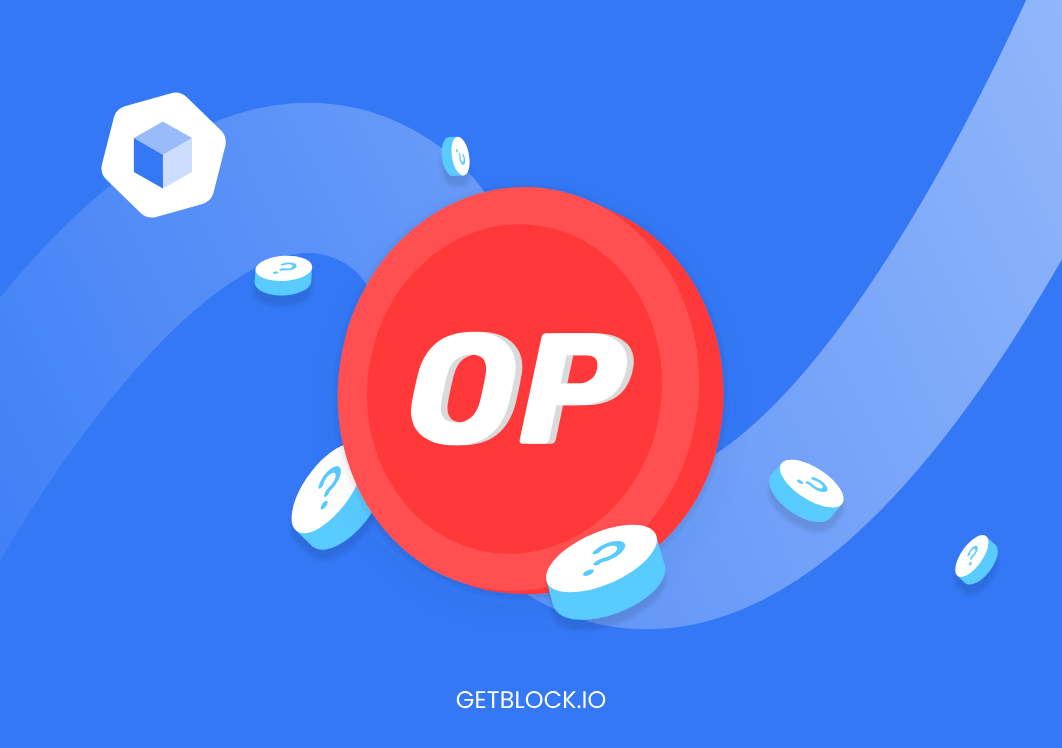
Now, we will be covering The Optimism Mainnet. This is a Layer 2 scaling solution for the Ethereum blockchain that has the aim to significantly increase the network's scalability and transaction throughput. This operates by using a technology called Optimistic Rollups (ORs), which allow for the execution of smart contracts off of the main Ethereum chain (the L1 chain) while still maintaining a high level of security and trust. Here's a comprehensive overview of the Optimism Mainnet, including its key features, how it works, and its significance in the Ethereum ecosystem.
The Key features of the optimism mainnet include :
-
Optimistic Rollups: The Optimism mainnet heavily uses Optimistic rollups which are a type of layer 2 scaling solution for the Ethereum mainnet utilized for the execution of transactions of the Ethereum main chain reducing the load on it and these transactions, in general, are bundled or grouped together and executed in a virtual machine known as the Ethereum Virtual Machine.
-
Data Availability: All of the events on the networks including all transactions and their outcomes are stored on the Ethereum mainnet and this guarantees that the data is always available and verifiable while maintaining trust and security within the network.
-
Fraud Proofs: To ensure the security of the network, a mechanism called fraud proofs is used and if a transaction is found to be fraudulent during the Optimism Rollup process, it can be challenged by challenger nodes to verify it.
-
Interoperability: This chain is designed to be fully compatible with existing Ethereum tools and services making the deployment of Dapps on it and the development of new applications as well for the Ethereum ecosystem for developers very simple.
-
Scalability: This chain mainly exists to reduce the load on the Ethereum main network and it significantly boosts the scalability of the original Ethereum network.
-
Cost Efficiency: This blockchain can lower the transaction fees by reducing the amount of data that is required to be stored on the Ethereum blockchain and this makes Ethereum more accessible to a wider range of users.
How the Optimism Main Net Works
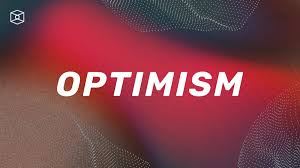
-
Transaction Submission: The users submit transactions to the Optimism network and these transactions are executed on a virtual machine that simulates the Ethereum main network.
-
Execution and Verification: The transactions executed on the VM and the state changes are recorded and these state changes are submitted to the Ethereum main network as a single transaction.
-
Data Availability: The state of the Optimism network, including all transactions and their outcomes, is stored on the Ethereum mainnet. This ensures that the data is always available and verifiable.
-
Security: The security of the Optimism network is maintained through a mechanism called fraud-proof. If a transaction is found to be fraudulent, it can be challenged, and the Optimism network will refund the user.
The Optimism Mainnet represents a significant advancement in the development of Layer 2 solutions for Ethereum. By leveraging Optimistic Rollups and fraud proofs, it offers a scalable, secure, and cost-effective solution for the Ethereum network. As the Ethereum ecosystem continues to grow, solutions like Optimism will play a crucial role in ensuring the network's scalability and sustainability.
To conclude, Optimism Mainnet is a pioneering Layer 2 scaling solution that aims to significantly enhance the scalability and efficiency of the Ethereum network. By using Optimistic Rollups and fraud proofs, it offers a secure and cost-effective way to execute transactions off the main Ethereum chain. As the Ethereum ecosystem continues to evolve, the Optimism Mainnet will likely play a crucial role in its future development.
The SuperChain Promise of the Optimism Network
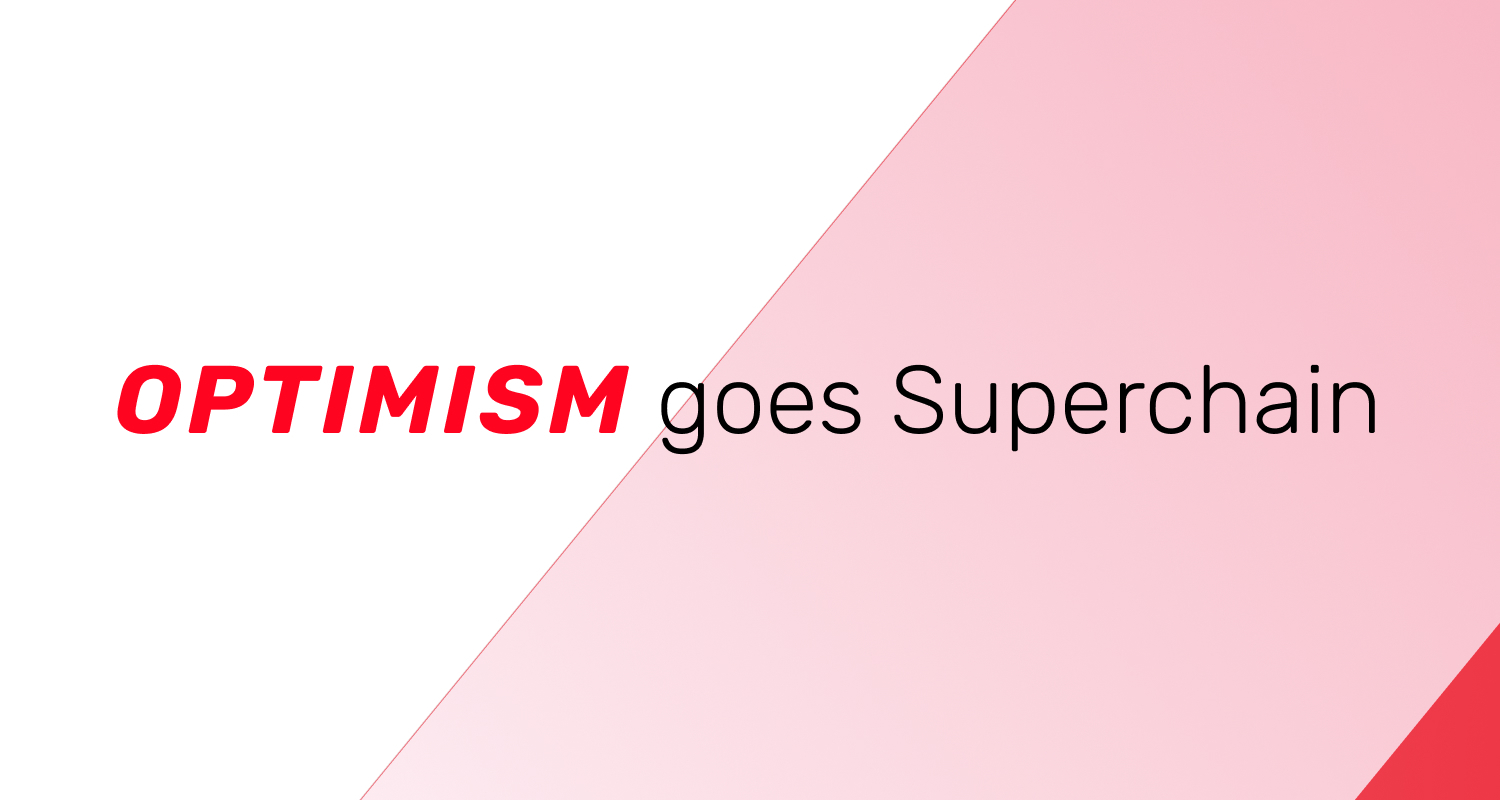
Optimism claims that it is a superchain and it shows the network’s ambition to not only scale the Ethereum blockchain but also enhance its capabilities in terms of security, efficiency, and interoperability. This concept is unique to the optimism network’s unique architecture and its approach to layer 2 scaling. Let’s dive deeper and find out what this means and how the network aims to achieve this status :
-
Cross-Chain Capabilities: The Optimism network plans on becoming interoperable with other blockchains thus adding cross-chain transactions and interoperability. This is crucial for the network to become a SuperChain as it allows for the creation of more complicated and interconnected financial systems.
-
Development of New Features and Protocols: The Optimism network will continue to develop new features and protocols to enhance its capabilities. This includes improving scalability, security, and interoperability, as well as introducing new functionalities that are not currently available on the Ethereum blockchain.
-
Community and Ecosystem Development: The optimism blockchain plans on making its ecosystem and community more tightly knight with the project to achieve its status as a super chain and this involves attracting developers, users, and partners committed to the network’s growth and surge.
In conclusion, the claim that the Optimism network is a "superchain" encapsulates its ambition to not only scale the Ethereum blockchain but also to enhance its capabilities in terms of security, efficiency, and interoperability. By leveraging Optimistic Rollups and fraud proofs, the Optimism network aims to offer a scalable, secure, and efficient solution for the Ethereum network, positioning itself as a key player in the future of blockchain technology.
The OP Token

The OP token is a native utility token of the Optimism network, designed to play a crucial role in its ecosystem. It serves multiple purposes, including paying transaction fees, participating in governance, and potentially being used for staking or other network-related activities. The introduction of the OP token is part of Optimism's broader strategy to incentivize participation, reward early users, and encourage the development and growth of the network.
Key Role of the OP Token
-
Transaction Fees: The primary role of the OP Token is to serve as a medium for paying transaction fees on the Optimism network. Users can use the OP Tokens to execute transactions thereby contributing to the network’s operations and security. This mechanism will help in the funding of the network’s growth and maintenance in the future making it more stable, reliable, and powerful.
-
Governance: The OP Token also plays a crucial role in the governance of the Optimism network. The token holders can participate in voting on various proposals, like network upgrades, changes to the protocol, and the allocation of resources, and this democratic process ensures that the network evolves in a way that benefits users and contributors.
-
Staking and Incentives: The OP Token’s design suggests potential use cases in incentivizing the users’ participation in the network and improving the security of the network. For example, validators or node operators might be rewarded with OP Tokens for securing the network.
The Network's Commitment to Rewarding Early Users and Contributors
The airdrop process is a clear demonstration of the Optimism network's commitment to rewarding early users and contributors. By distributing OP tokens to those who have been part of the network's development and growth, the Optimism team aims to incentivize further participation and contribution. This approach not only encourages the network's expansion but also fosters a sense of community and ownership among its users.
In conclusion, the OP token is a key component of the Optimism network, designed to facilitate transactions, governance, and potentially other network-related activities. The airdrop process, emphasizing the network's commitment to rewarding early users and contributors, underscores the token's importance in the ecosystem and the network's broader strategy for growth and development.
The Components of an Optimism Node
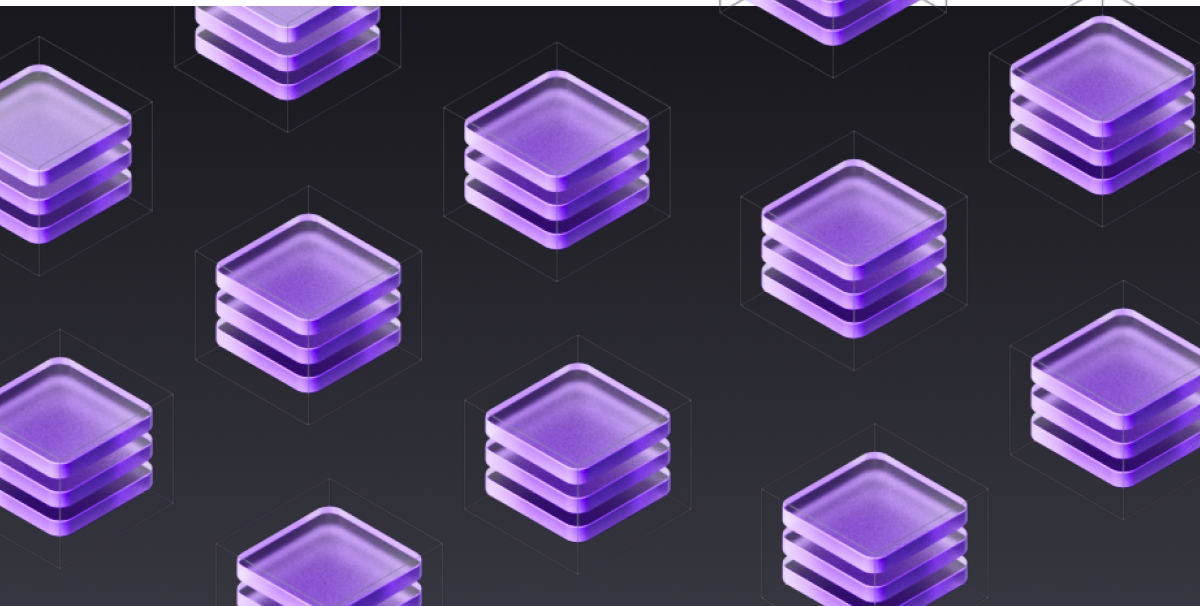
The optimism network as a L2 scaling solution for Ethereum, is designed to enhance the scalability and efficiency of the Ethereum blockchain while maintaining its security and trust. To achieve this, the network relies on a sophisticated architecture that includes several key components like the Ethereum Data Indexer [DTL], The Optimism Client, and the Canonical Transaction Chain [CTC]. These components should work together to ensure the network’s functionality, security, and scalability. Now, we will be understanding what they are their significance :
- Ethereum Data Indexer
Function: The Ethereum Data Indexer acts like a bridge between the Ethereum mainnet [Layer 1] and the Optimism Network [Layer 2]. It indexes and stores the state of the Ethereum Mainnet including all transactions and their outcomes. This data proves to be crucial for the operation of the Optimism network as it allows the network to verify the transactions occurring on the network and maintain a secure and trustworthy ecosystem.
Importance: The DTL is crucial for the Optimism network because it provides the necessary and required data on the network to simulate the execution of transactions on the Ethereum mainnet. This simulation is key to the network’s ability to bundle transactions and move their processing off the Main Ethereum L1 Chain and execute them in a virtual machine simulating the mainnet thus performing the processing of transactions off-chain.
2. Optimism Client
Function: The Optimism client is the software that runs on nodes participating in the Optimism network. It is responsible for the execution of transactions, maintaining the state of the network, and interacting with the Ethereum L1 Mainnet through the DTL. The Optimism client uses the data indexed by the DTL to execute transactions off the main Ethereum chain [L1] and bundle them into a single transaction that is verified by the Ethereum mainnet.
Importance: The Optimism client is the backbone of the Optimism network and it enables the network to process transactions efficiently, significantly reducing the load on the Ethereum mainnet and enabling higher transaction throughput and lower fees.
3. Canonical Transaction Chain
Function: The Canonical Transaction Chain (CTC) is a record of all transactions that have been executed on the Optimism network. It serves as the authoritative source of truth for the network's state, ensuring that all transactions are processed in a secure and orderly manner.
Importance: The Canonical Transaction Chain plays a crucial role in the security and efficiency of the Optimism network. It provides a secure and verifiable record of all transactions, enhancing the network’s security against fraud and other malicious activities. It also allows the network to detect and correct fraudulent transactions through a mechanism called fraud-proof, further enhancing its security.
To, summarize, the core component of the Optimism network is the Ethereum Data Indexer. the Optimism client and the Canonical Transaction Chain come and work together to enhance the scalability, efficiency, and security of the Ethereum blockchain.
The Ethereum Data Indexer provides the necessary data for the network to simulate the execution of transactions on the Ethereum mainnet, the Optimism client enables the network to process transactions efficiently, and the Canonical Transaction Chain ensures the security and integrity of the network's transactions. This architecture allows the Optimism network to significantly enhance the scalability and efficiency of the Ethereum blockchain while maintaining its security and trust.
Optimism Blockchain’s Revolutionary Governance Model

Let’s now focus on the revolutionary governance model idea that the Optimism Blockchain has and break down this governance structure, its implications for the network's development, and why it represents a significant step forward in blockchain governance.
The Optimism Network: A Digital Metropolis

Imagine the Optimism Network as a sprawling, digital metropolis called Optimopolis [this is fictional], akin to a bustling city with its own unique set of rules, leaders, and a vibrant community. This city, or network, is designed to enhance the Ethereum network, making it faster, more efficient, and capable of handling more transactions. Just as a city needs a comprehensive set of regulations, a council of leaders, and a way for its citizens to participate in its governance, the Optimism Network has its governance model consisting of the following components :
1. The OP Token: The Key to Participation
In this digital city, the OP token serves as the key to participation. It's like a membership card that grants you the right to vote on important decisions, propose changes, and influence the direction of the city. The more OP tokens you hold, the more influence you have. This token-based governance ensures that every citizen of the digital city has a voice, making the governance process truly democratic.
2. The Council: The Guardians of the City
The council of the Optimism Network is akin to the city's elected officials. They are chosen by the OP token holders to represent the interests of the community and make strategic decisions. This includes overseeing the network's development, implementing upgrades, and ensuring the security of the digital city. The council acts as the guardian of the city, making decisions that are in the best interest of its citizens.
3. Proposals and Voting: The Heart of Democracy
The heart of the Optimism Network's governance is the proposal and voting process. It's like a town hall meeting where citizens can propose changes to the city and vote on them. Proposals can range from adding new features to the network, improving security measures, or even proposing changes to the governance model itself. This process ensures that the network evolves in response to the needs and desires of its community.
4. The Optimism Collective Initiative: Building a Thriving Community
The Optimism Collective Initiative is like the city's community center, providing resources, workshops, and forums for citizens to engage, learn, and contribute to the city's development. It's designed to make the governance process more accessible and participatory, ensuring that everyone has the opportunity to contribute. This initiative fosters a sense of community, encouraging collaboration and collective decision-making.
Now, let’s break this governance structure of the Optimism Network down even further:
Governance Structure on the Optimism Blockchain

-
Citizens Council:
The Citizens Council on the Optimism network is one of the main components of the local governance structure of the Optimism blockchain which embodies a democratic approach to its decision-making process. It is composed of a diverse set of individuals called "citizens" by the Optimism network who are diverse stakeholders actively contributing to the welfare of the network and its growth.
The citizen's council serves as a pillar of hope and progress by fostering and imbuing the factors of inclusivity, transparency, and the active engagement of the citizens in the governance of this network. By involving citizens directly in the decision-making processes, the council not only ensures that the community's voice is heard but also promotes a sense of ownership and empowerment among its residents.
This participatory approach not only enhances the quality of decision-making but also strengthens the bond between the local government and its constituents.
Through the optimism network, the Citizens' Council becomes a catalyst for positive change, driving initiatives that reflect the collective aspirations and values of the community. By embracing diversity, promoting dialogue, and encouraging collaboration, the Council embodies a forward-looking vision that prioritizes the well-being and prosperity of all citizens.
In essence, the Citizens' Council within the optimism network embodies the essence of democratic governance, where citizens are not just passive recipients of services but active participants in shaping the future of their city.
-
Technical Council of the Optimism Network:
The technical council within the Optimism network plays a crucial role in advancing decentralization and ensuring the security and integrity of the Optimism Superchain Network. This council is designed to oversee key technical aspects of the network, such as managing protocol upgrades, maintaining system integrity, and safeguarding against potential vulnerabilities.
By assuming control of critical keys required for system upgrades, the technical council aims to prevent any single entity from having unilateral control over system modifications, rollup state changes, or transaction censorship. One of the primary objectives of the technical council is to progress towards technical decentralization within the Optimism ecosystem. This entails transitioning away from centralized control towards a more distributed governance model where decisions are made collectively by elected representatives.
The technical council operates within the framework of Collective Governance, where it fulfills essential roles that were traditionally managed by centralized entities like the Foundation. By empowering the technical council, the Optimism Collective takes significant steps towards achieving decentralization targets and ensuring a more resilient and community-driven network.
The establishment of the technical council follows a phased approach, with Phase 0 marking the initial steps towards integrating the council into the governance structure. Subsequent phases, like Phase 1, expand the council's responsibilities to include signing upgrades to the protocol across all OP Chains within the network.
This staged rollout is accompanied by governance proposals that undergo review and voting by the Token House, ensuring transparency and community involvement in the decision-making process. Overall, the technical council on the Optimism network embodies a commitment to technical excellence, security, and decentralization, aligning with the broader vision of creating a robust and community-centric ecosystem for decentralized applications and transactions.
3. Citizen Participation on the Optimism Network
Citizen participation within the Optimism network is a fundamental aspect of governance that empowers the citizens of the network, who are token holders, to actively engage in shaping the city's future. In this network, citizens have a direct voice in governance, enabling them to propose new projects, policies, or improvements that align with the community's interests and values.
The criteria for future citizenship selection in the Optimism network are based on the reputation earned by Optimism Collective members, aligning with the project's values and long-term benefits. Citizenship selection involves gathering relevant reputation attributes through attestations, such as Praise and Contribution Attestations. The Citizens' House aims to represent builders, users, and community members who contribute to the network's growth and align with its values. The selection process evolves, with criteria determined by governance, and may include expertise from diverse subcultures and industries. Ultimately, citizenship eligibility is designed to be capture-resistant and inclusive, with voting badges distributed across the ecosystem to a wide group of humans
Through the city's governance process, citizens can submit their proposals, participate in discussions, and vote on various initiatives, ensuring that the city's development is truly community-driven.
This participatory approach not only fosters transparency and inclusivity but also enhances the democratic nature of decision-making within the network. By allowing citizens to have a say in the direction of the city, the Optimism network promotes a sense of ownership, engagement, and responsibility among its members. This active involvement of citizens in governance processes reflects a commitment to decentralized decision-making and community empowerment, where the collective wisdom and input of token holders shape the network.
4. Voting on the Optimism Network
Voting on proposals within the Optimism blockchain allows citizens to have a direct impact on various aspects of governance. These proposals can encompass a broad spectrum of topics, ranging from infrastructure upgrades to the allocation of the city's budget, which is managed through the Optimism Collective's treasury.
By participating in the voting process, citizens play a crucial role in determining the direction of the network, influencing resource allocation, and driving the creation of new community programs that benefit all stakeholders.
Through this decentralized governance structure, the Optimism blockchain fosters transparency, inclusivity, and community-driven decision-making. Citizens have the power to shape the network's development, ensuring that initiatives align with the community's needs and aspirations. By actively participating in the governance process through voting on proposals, citizens contribute to building a sustainable and thriving ecosystem where their voices are integral to the network's evolution and success
5. Treasury and the Funding on the Optimism Network
The Funding within the Optimism network is sourced from various revenue streams, including transaction fees and sequencer revenue, with allocations dedicated to initiatives like sustainable growth projects, public goods funding, and user airdrops.
The network's values emphasize the alignment of impact with profit, promoting a sustainable future for Ethereum through community-driven decision-making and the equitable distribution of resources.
Additionally, the network's treasury management involves strategic sales of OP tokens to fund governance activities and community initiatives, ensuring the continued development and maintenance of the network's infrastructure and programs. Overall, the Optimism network embodies a collaborative and inclusive approach to governance, fostering innovation, community engagement, and the advancement of public goods within the decentralized ecosystem.
The Optimism Collective Initiative
Now, coming back to the example of OptimoPolis, the Optimism Collective Initiative is the city's overarching plan to create a thriving, self-sustaining, and community-driven Optimopolis. It aims to empower the citizens and foster a vibrant ecosystem around the city's infrastructure.
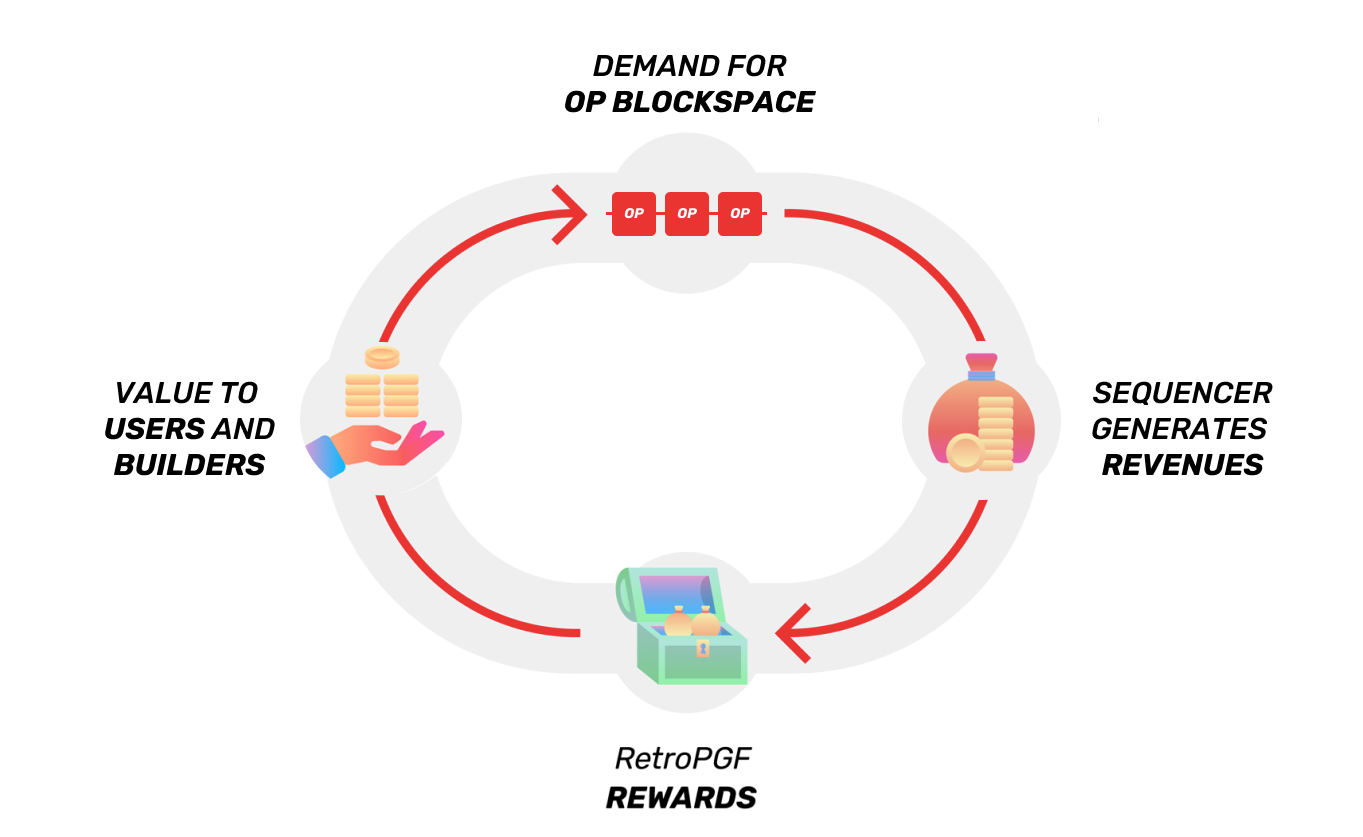
The Optimism Collective is based on the idea that healthy public goods can create a valuable ecosystem and the economics of this ecosystem is designed to mainly generate value for three constituencies the token holders, contributors + builders, and finally the users + community members making the network what it is.
The Optimism Collective's approach to digital democratic governance and retroactive public goods funding is a novel and innovative way to incentivize and reward contributions to the ecosystem. Let's break down how these concepts work and why they are important.
1.Retroactive Public Goods Funding
The Retroactive Public Goods Funding is a mechanism where the Optimism collective rewards its entities who are active contributors to the ecosystem through the process of distributing a portion of the sequencer’s [the entity responsible for the submission of transactions into the Ethereum network] revenue into the network especially to those have provided public goods. This idea mainly stems from the fact that the network values past contributions and recognizes these contributions in this process. This approach not only incentivizes the development of the public goods but also introduces a profit motive into the development process potentially leading to increased innovation and funding on the network.
2. Digital Democratic Governance
Digital democratic governance in the context of the optimism collective refers to the collective decision-making process ensuring the fair and transparent distribution of the sequencer’s revenue into the network of public goods. This governance model is designed to be adaptive and iterable allowing for the continuous improvement and alignment of the community’s interests.
Governance Structure on the Optimism Blockchain and Why it Matters?
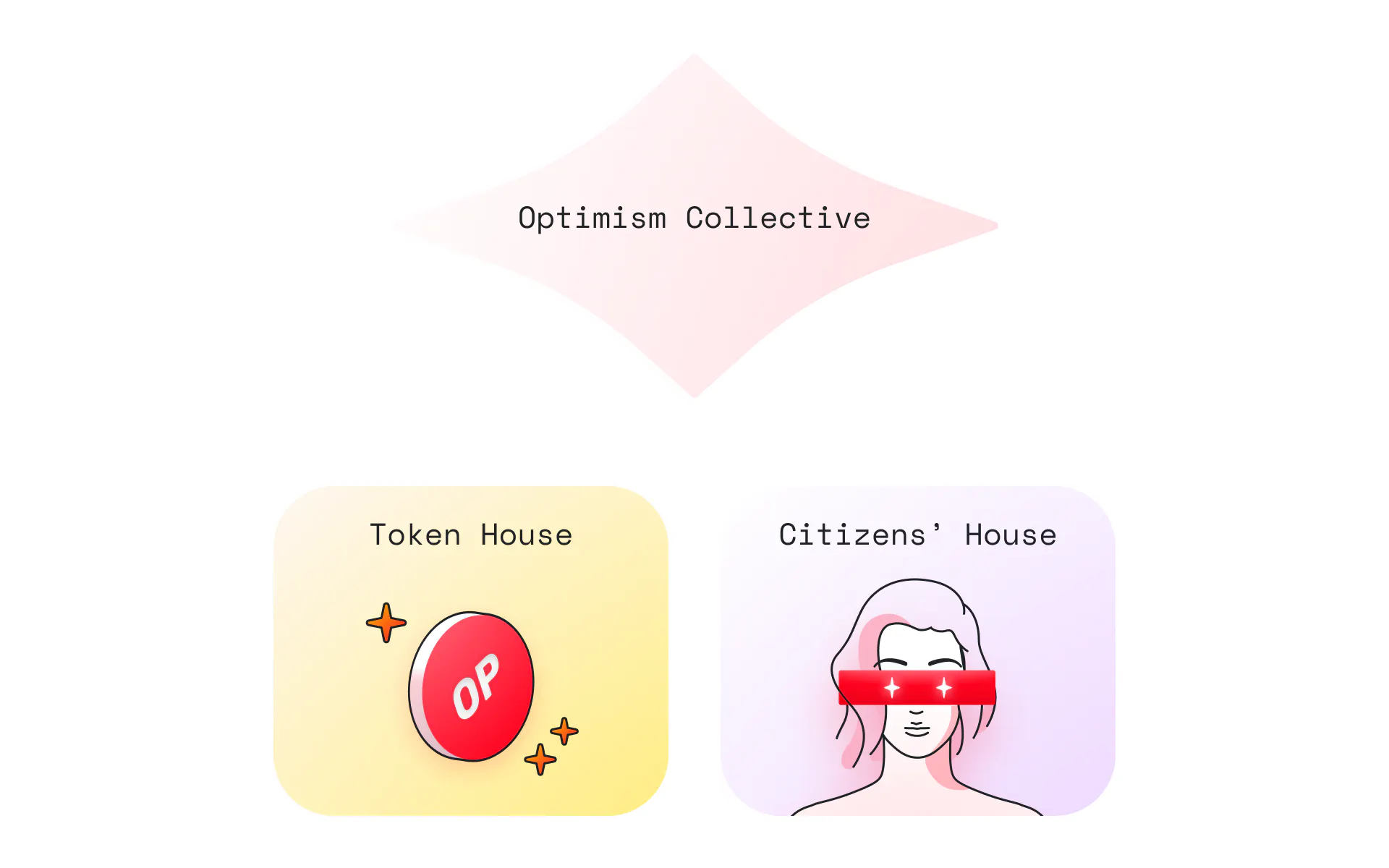
Governance Structure
The Optimism Collective's governance structure is designed to balance short-term incentives with long-term vision. It consists of two houses: the Token House and the Citizens' House.
-
Token House: This house is composed of the OP Chain Token holders responsible for the submission, deliberation, and voting of the governance protocols on the network which includes protocol upgrades, OP inflation rate adjustments, the $OP incentive distribution, and more. This house represents short-term incentives and its main motive is to drive growth.
-
Citizens' House: This house consists of entities granted non-transferable citizenship in the Optimism Collective. These entities are meant to align with the long-term interests of the ecosystem and provide checks and balances on the Token House. The Citizens' House is primarily responsible for allocating sequencer revenues using Retroactive Public Goods Funding.
Why It Matters
The Optimism Collective serves as a testing ground for new socio-economic systems, aiming to create fairer, more efficient, inclusive, and transparent structures. Through its unique governance and funding methods, it paves the way for decentralized ecosystems capable of meeting basic human needs on a large scale. In essence, the Optimism Collective's innovative approach to digital democratic governance and retroactive public goods funding incentivizes and acknowledges contributions within the ecosystem. It stands as an experiment in digital socio-economic organization, fostering rapid learning and evolution towards improved socio-economic systems.
Strengths and Weaknesses of the Optimism Network

The Optimism network, as a Layer 2 scaling solution for Ethereum, offers several strengths that make it a promising technology for enhancing the scalability and efficiency of the Ethereum blockchain. However, like any technology, it also has its weaknesses. Let's explore both the strengths and weaknesses of the Optimism network.
Strengths of the Optimism Network
-
Scalability: One of the most significant strengths of the Optimism network is its ability to significantly increase the scalability of the Ethereum blockchain. By executing transactions off the main Ethereum chain (L1) and bundling them into a single transaction that is verified by the Ethereum mainnet, the Optimism network enables a much higher transaction throughput.
-
Security: The Optimism network maintains a high level of security through the use of fraud proofs. These proofs allow for the detection and correction of fraudulent transactions, ensuring that the network is secure against malicious actors. Additionally, the state of the Optimism network is stored on the Ethereum mainnet, ensuring that the data is always available and verifiable.
-
Interoperability: The Optimism network is designed to be fully compatible with existing Ethereum tools and services. This means that developers can deploy their dApps on Optimism with minimal changes, encouraging the development of new applications and services in the Ethereum ecosystem.
-
Cost Efficiency: By reducing the load on the Ethereum mainnet, the Optimism network can lower transaction fees, making Ethereum more accessible to a wider range of users. This is particularly important for the growth of the decentralized finance (DeFi) sector, as it enables the creation of more complex and interconnected financial systems.
-
Governance: The Optimism network has a robust governance model, including the Token House and the Citizens' House, which allows for the participation of token holders and the broader community in decision-making processes. This ensures that the network evolves in a way that benefits its users and contributors.
Weaknesses of the Optimism Network
-
Centralization Risks: While the Optimism network aims to decentralize the sequencer role, there are concerns about potential centralization risks. If a small number of entities control the sequencer, it could lead to censorship or manipulation of the network.
-
Complexity: The use of Optimistic Rollups and fraud proofs introduces complexity to the network. This complexity can make it more difficult for new users and developers to understand and interact with the network.
-
Dependence on Ethereum: The Optimism network relies heavily on the Ethereum mainnet for its security and interoperability. This dependence means that the performance and security of the Optimism network are tied to the Ethereum mainnet.
-
Governance Challenges: While the governance model of the Optimism network is designed to be inclusive, it may still face challenges in ensuring that all stakeholders are adequately represented and that decisions are made in the best interests of the network.
-
Regulatory and Legal Considerations: As with any blockchain technology, the Optimism network may face regulatory and legal challenges. These challenges could impact the network's adoption and growth.
In conclusion, the Optimism network offers several strengths that make it a promising technology for enhancing the scalability and efficiency of the Ethereum blockchain. However, it also faces several weaknesses, including potential centralization risks, complexity, dependence on the Ethereum mainnet, and regulatory challenges. As the network continues to evolve, it will be important for the Optimism team to address these weaknesses to ensure the network's long-term success and adoption.
Conclusion
